The game is one of the main aspects in the growth of children, not only favors their social skills, mental and physical, further, It is their way of knowing the world. Through play they express their feelings, your ideas and fantasies naturally and spontaneously.
During the Nursery Education, the game gives us the opportunity to create situations that actually cause one significant learning in small, that is to say, situations that do not go unnoticed by their little heads, but they are interesting, something that is directly related to the already treated theme motivation. In fact, along this post, let's see how motivation and game are directly related.
During this stage, if we want the children are in their natural environment and therefore produce significant learning, we get, more than a moment of relaxation after work, the play is the work itself.
There are many theories of game that define the criteria for recognizing this activity, from which we could say that: It is being played when the activity occurs pleasure individual who performs and, therefore, what interests the subject is the action itself that the result obtained.
Coming up next, we will see why the game is so important during childhood.
- Children communicate with the world through play.
- For children play always makes sense, and this will be different based on their experiences and needs.
- The game shows how the inner life of the child, your wishes, fears, fantasies. Have you never caught your children or students imitándoos? 😀
- The children's play reflects their perception of themselves, others, and the world around them.
- The game stimulates all the senses.
- Enrich creativity and imagination.
- It helps to use physical and mental energy in productive ways and / or entertaining.
I do not want to dwell too much on this topic, but certainly the number of skills and benefits that the game gives us, since physical skills to social skills, passing speech, the language, rational and emotional intelligence.
Obviously if we consider the game as a tool to develop learning should be a guided game, and we need to know what types of games and toys used by areas and skills you want to develop.
Coming up next, we will see some of the types of games that we can use with children. Obviously, many of the games we use daily could be included into several categories and, of course, We can find other classifications, but for me, this is the most complete.
1. Corporal games.
As its name suggests, are games whose main reference is the body itself. Within this type of games I personally would include:
- Songs.
As we all know, the songs are one of the most used methods and means in early childhood education to teach English to children. They are easy to memorize by small and also tend to be associated to a dance related to the letter of the same. They are a very good method to teach vocabulary actions also.
- Rhyme.
The rhymes have not because merely repeating a set of words, We can also accompany some little dance or movement of our body, with hands and fingers for example.
A book of rhymes that I personally like is "Nursery Rhymes" Debi Gliori's, DK is the publisher and includes a CD in which, besides own rhymes, A female narrator tells us the origin of these rhymes.
- Theatre.
Theatrical performances are a great way to involve children in what they are learning, if we recall the statements made by Dale: We remember what we say or do; so the theater is a great way to make meaningful learning.
2. Games mental representation.
There are games that appeal to the mental capacity of an object representation. They are based on the pleasure of imitating gestures, actions or models. Are the role playing in which the kids are able to attribute properties to objects through their imagination to believe that with a broom can fly. In this type of game we could also include theatrical performances, besides imitations. When we have passed the stage and started working vocabulary actions and orders mental representation games are a very effective tool.
3. Cooperative Games.
The positive thing about these games is that besides serve to develop language skills, encourage children values such as respect and teamwork. Games are usually rules requiring that children usually costs them to respect, for its implementation.
Due to the evolutionary stage in which are, characterized by age in egocentrism, young children find it hard to accept reality. This is evident when they claim to have won a game, although it is clear that they lost.
4. Multimedia Games.
From my point of view, multimedia games mark the way to play children's future, therefore, we as educators, we learn to adapt and get on the train of technology.
In the post "The best sites to practice English with your child ", we analyzed in detail some of the best sites to play and learn English with small, as we will see these sites provide all necessary resources to develop not only language skills, but also mentally.
5. Games manipulation.
We talk about games in which children They interact directly with the parts or elements, They are very useful for the acquisition of vocabulary related notions of form, color and size. This category includes puzzle, Blocks, counting and sorting toys, games with moving parts and simple figures of animals or other types.
Within this type of games I would include a subcategory:
- Bit games or flashcards.
– Groupings.
When we are dealing with a particular category, such animals, we can ask children grouped according to these: “flying animals” o “walking animals”. Thus, we are working to achieve different objectives, on the one hand, we involve children in activity, Not only are mere spectators, further, We took the opportunity to introduce new concepts or actions, “flying”, “walking”.
– Memory.
With the bits we can make known commemorates games of "flip chart", but instead of seeking couples, we can play "Where is the monkey?"We first present the animals to children, with the usual method of bits, that is to say, passing cards, later, We put them in the ground, while we are going to finish reviewing turning them. And now where it is?
– Partnership.
Taking advantage of the bits can also play the children to identify the word with the image. How? With all cards on the floor, we say the word and ask them to point us to the animal or the item you are working.
Another game mode identification with students older ages is playing identify the word with the image, for this we will need on the one hand encyclopedic bits, that is to say, only the picture and secondly, reading bits, single word. The game would be to link the word with the image corresponding.
With the bits we can not only make these games, we can do all those we can think and mean involvement of children, because if they are involved in the activity get grab their attention much more.
If you are interested in topics bits of intelligence, do not fail to consult the blog next week, because I am preparing a post dedicated to this topic.
Thanks for your time.
Kisses to all,
If you want creative workers, give them enough time to play.
John Cleese
Tags: Learning English, Significant learning, Languages, english, Game, Games, Motivation, types of games

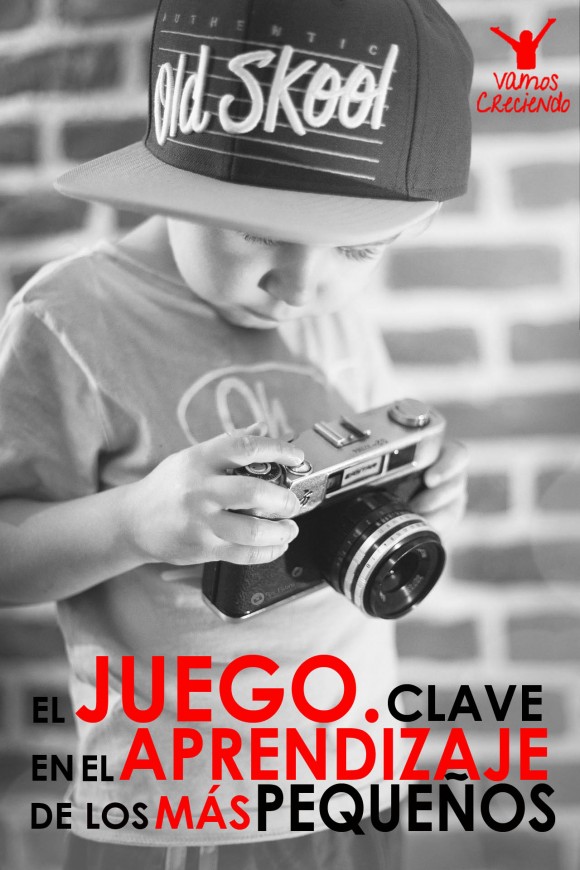
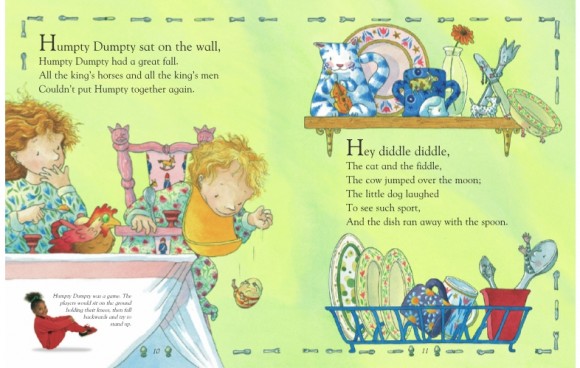
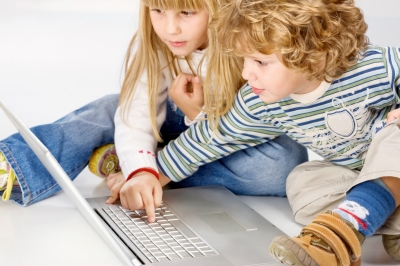
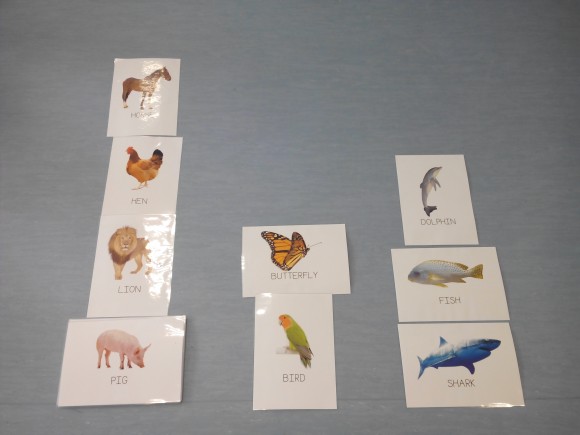
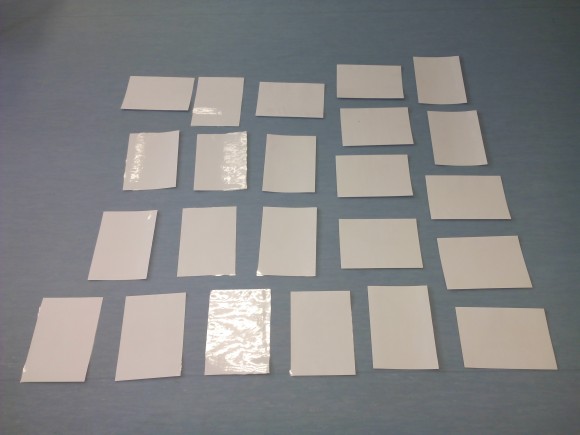
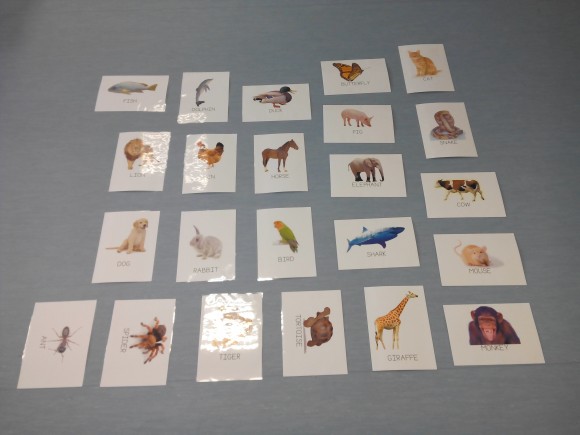
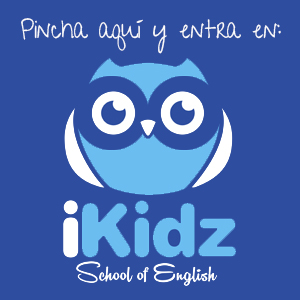
 Español
Español English
English Français
Français Deutsch
Deutsch 中文(简体)
中文(简体) Português
Português

Hi Cristina,
We wanted to ask you gave us ideas on what we could carry out building games (pigeonholed blocks), promoting English. It is that my kids love, and I wanted to give them a more educational twist (if it fits, because the functional play allows them to many aspects ).
Thank you,
Amelia
Hello Amelia,
Building games are a very good source for new vocabulary work.
For instance, if you want to review the parts of the house, you have only to go and go contruyéndolo reviewing vocabulary, and so with everything you want to review.
You can even let your children play freely and then ask them to explain how what is said to have built.
With blocks you can also work the seriaciones, colors, etc.
I hope you serve these ideas.
A big kiss,
Cristina